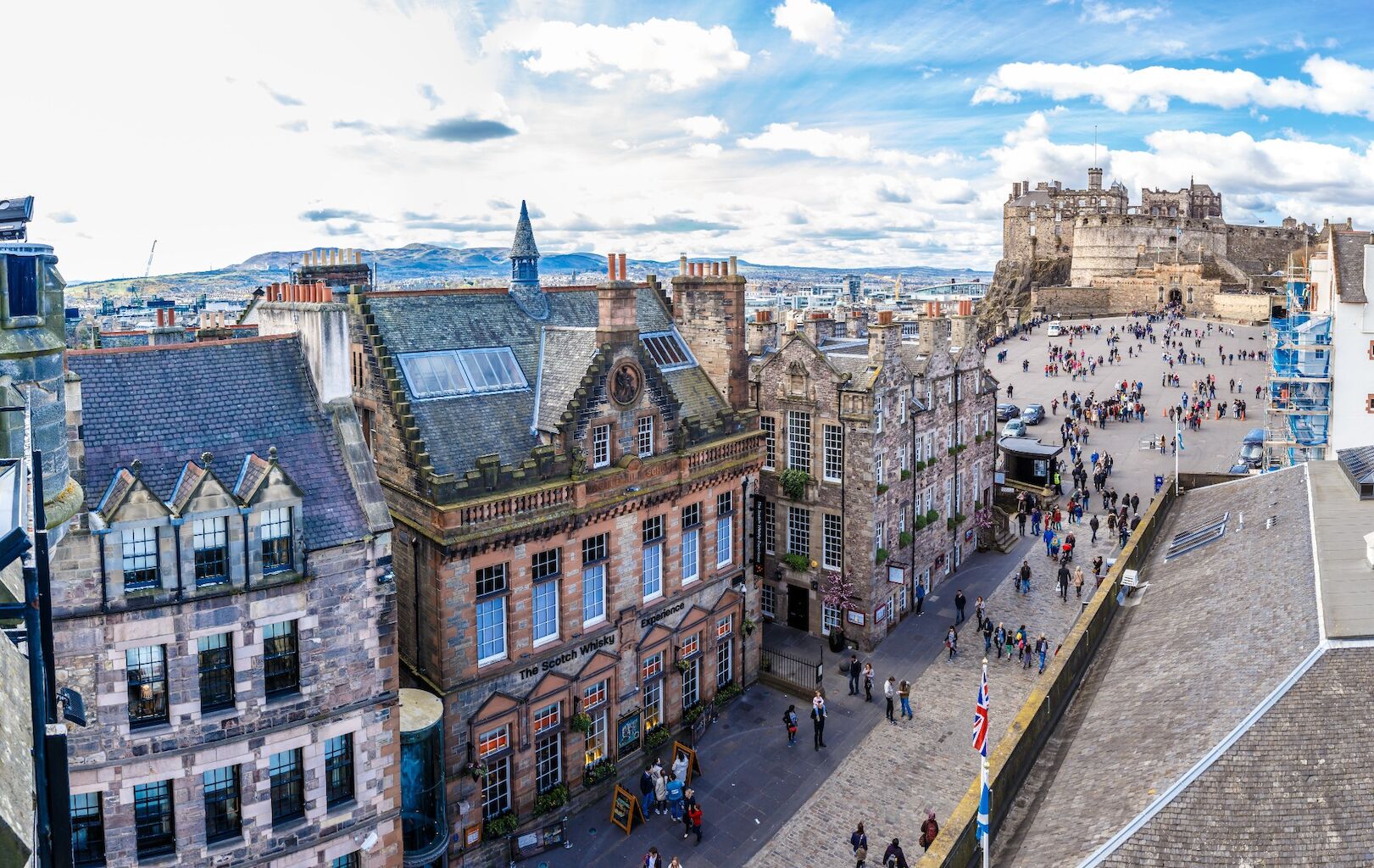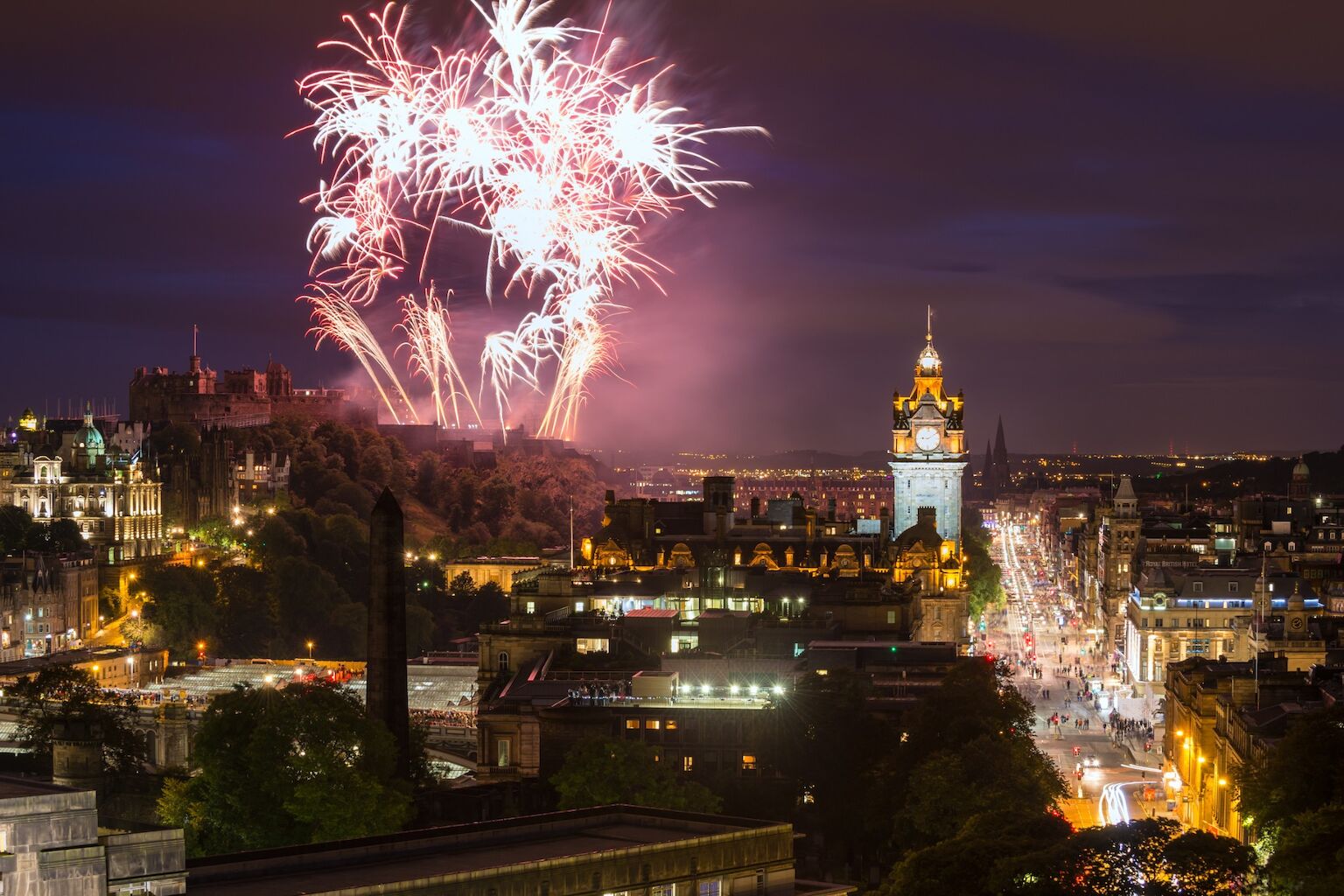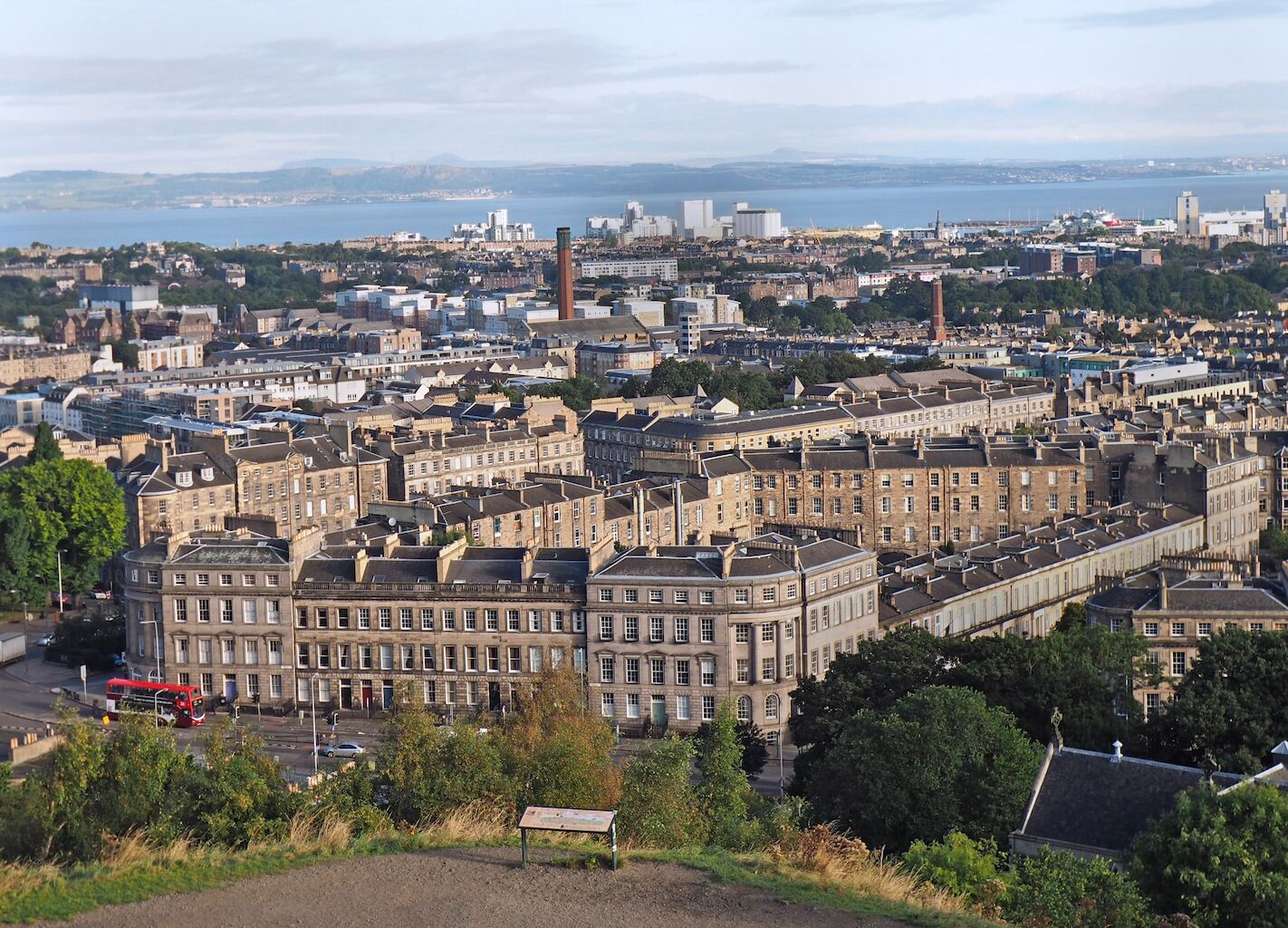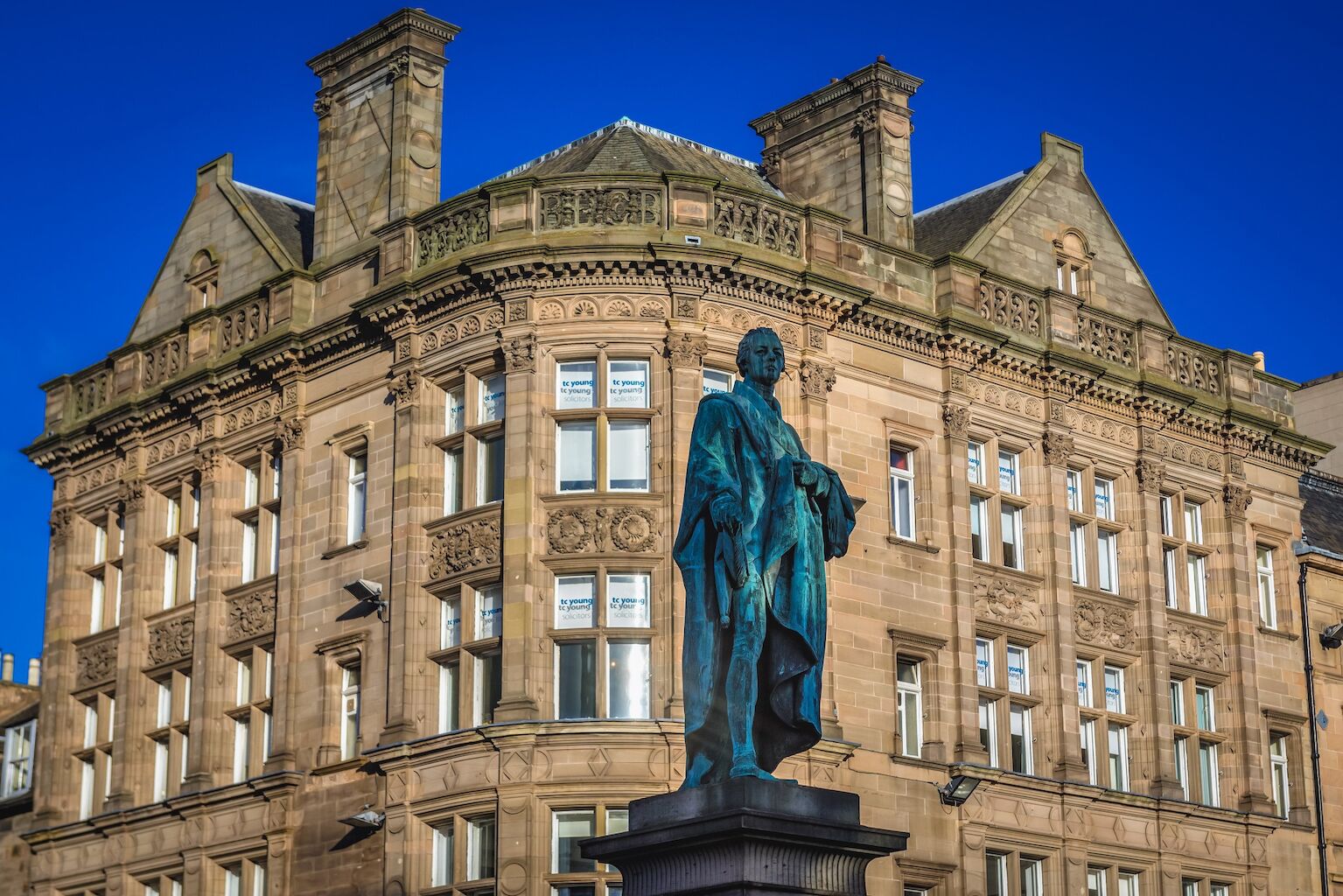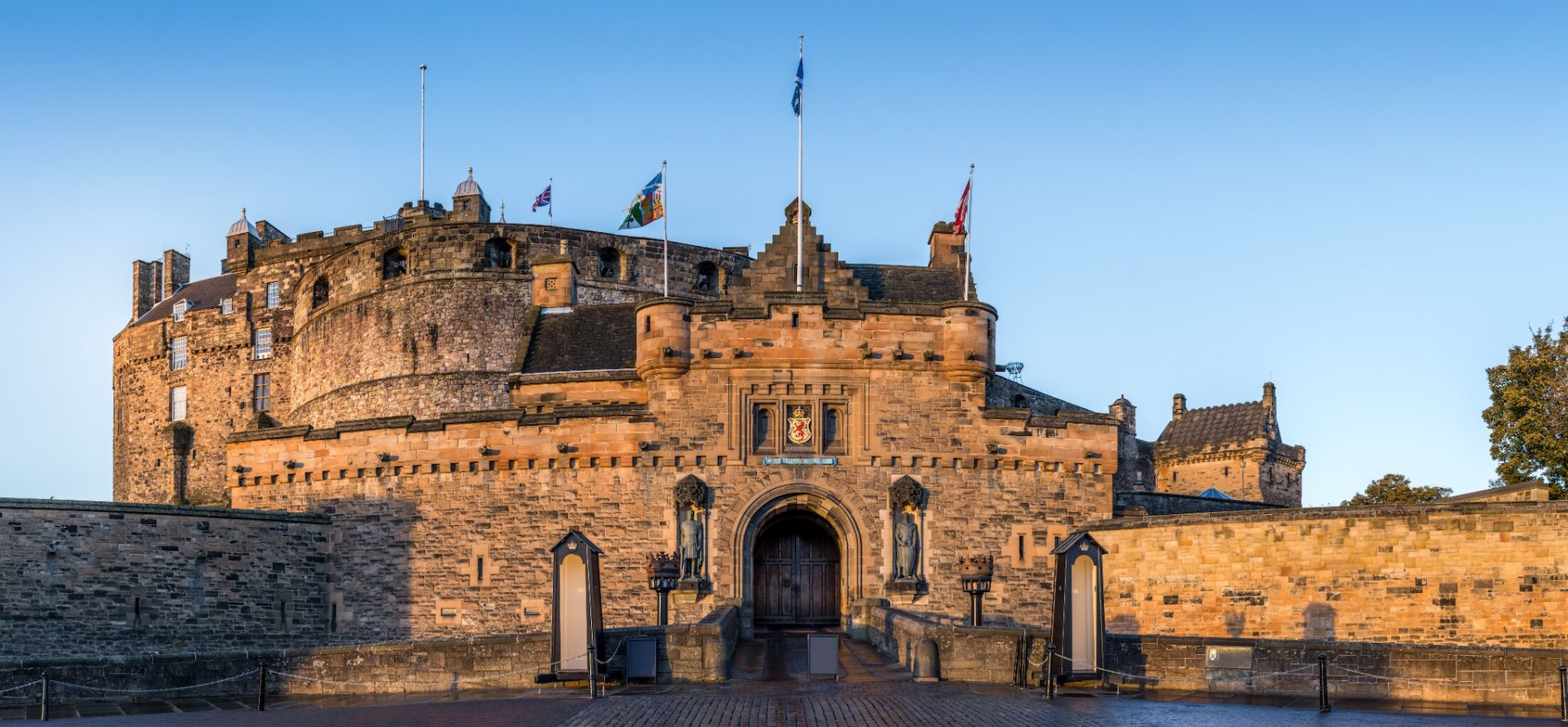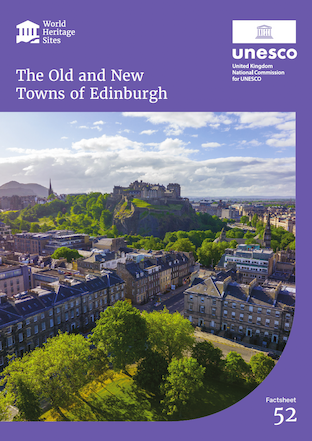The Old and New Towns of Edinburgh
Located in the heart of Scotland’s capital, the Old and New Towns of Edinburgh World Heritage Site was designated in 1995. The site spans 4,500 buildings across the twisting, medieval Old Town and the neat, structured New Town. Houses, churches, palaces, graveyards and monuments populate a landscape shaped by volcanic activity, creating a unique built environment. Much of the site is authentically preserved, offering visitors and residents the chance to fully immerse themselves in Edinburgh’s historic past.
What makes this UNESCO Designation special?
Together, the Old and New Towns of Edinburgh form a striking reflection of both Scottish history and European urban planning.
In the Old Town, you can find the classical inward-looking, defensive walled medieval city of royal palaces, abbeys and organically developed burgage plots, as well as the revival of Baronial architecture from the 19th Century.
The New Town is a pioneering example of formal planning from the Enlightenment period of the 18th and 19th Century, representing the order and innovation of the intellectual movement in stone. The contrast between the two towns, both encapsulating distinct moments of architectural history, is an exceptional feature of the site.
Adding to the Old and New Towns’ outstanding value is the area’s natural environment. An extinct volcano shaped the landscape into great peaks and chasms, making way for the river valley of the Water of Leith and creating vantage points across the city. Alongside authentically preserved architecture, a vast number of historic monuments decorate the city’s dramatic landscape, making an iconic skyline which has inspired generations of artists, writers and visitors.


